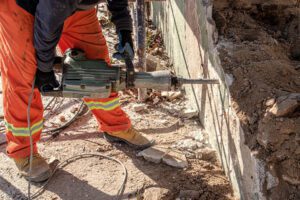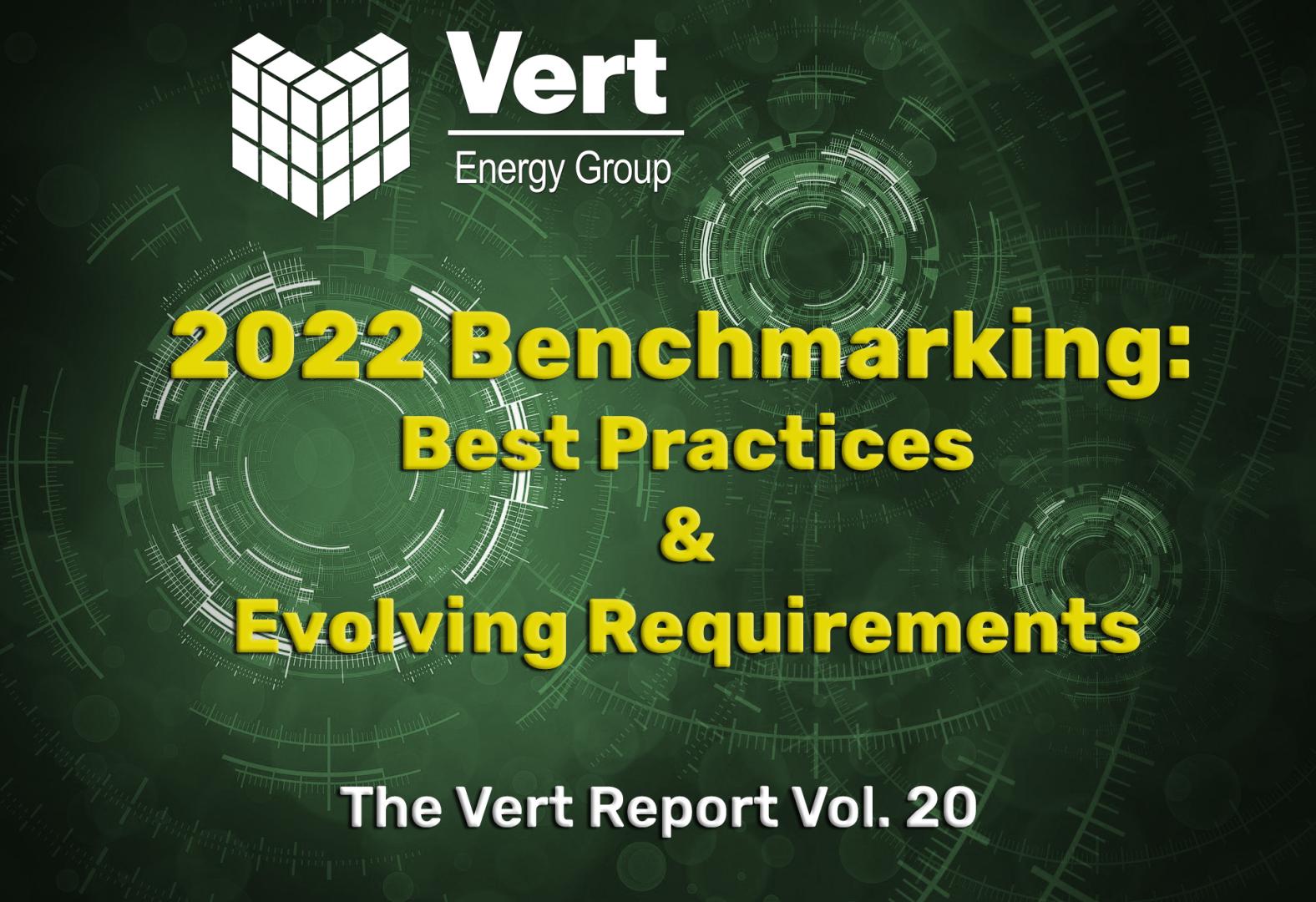Navigating the Energy Benchmarking World
As of the start of 2022, ENERGY STAR’s website reflects over 40 different existing Energy Benchmark programs in the United States. With 40+ Energy programs nationwide, it can feel like you’re in a maze trying to identify and meet your building’s specific requirements. When it comes to determining your exact Energy Benchmark program there are three common details you’ll need to know: location, property type, and size. Once you’ve taken those three factors into account, you’ll know if you’re required to file, to whom, and by when.
First up, location. It is important to note that in a single state, there can be both local and statewide Energy Benchmark programs. In most cases where there is a city and state program, the city’s program will take priority over the state’s program. Only in some cases will the state’s Benchmark precede over the cities. Two common reasons this can occur is either the city has not yet added the property to their program, or the building meets the state’s requirements but not the city’s. The following is a list of all existing state programs and whether there is also a local Energy Benchmark programs as well*:
State | City |
Alabama | No |
California | Yes |
Colorado | Yes |
Connecticut | Yes |
Delaware | No |
Michigan | No |
New Jersey | No |
New Mexico | No |
New York | Yes |
Ohio | Yes |
Oregon | Yes |
Pennsylvania | Yes |
Texas | Yes |
Virginia | No |
Washington | Yes |
West Virginia | Yes |
*Note: Again, the above list is not a comprehensive list of all existing Energy Benchmark programs in the U.S. It is just a list of programs where both state and local programs exist. There are local programs that do not have programs at the state level.
As each Benchmark program is different, knowing the gross floor area (GFA sq. ft.) and property type will further narrow down your requirements. Some Benchmark programs apply to all properties over a certain GFA, while others are only applicable to certain property types such as commercial and/or multifamily. Once you’ve determined your local and/or state program, you’ll want to see if those programs apply to your property type. If it does, then you will use your building’s GFA as the deciding factor. Typically, the local and state programs will have slightly different GFA requirements with local programs having lower GFA (sq. ft.) requirements. This helps make differentiating between the two programs easier for building owners. This doesn’t mean that all local and state programs will have different minimum GFA requirements – there are some with the same size requirements. As previously mentioned, when this occurs your property will most likely file to its local Energy Benchmark program unless the local level does not pertain to your property type (i.e., manufacturing) or has not yet added your building to their list.
Knowing your deadline requirements doesn’t necessarily mean filing will be straightforward. With over 10 years of experience filing, our experts have seen our fair share of common mistakes by building owners trying to file on their own. This is especially the case when there is no prior knowledge of Energy Benchmarks and in new and upcoming programs. Let Vert Energy Group help you. On March 15th at 10 am PST, we are offering a group webinar session for building owners and property managers to learn more about the various nationwide Energy Benchmark requirements. During the session, you’ll get a crash course on Benchmarking requirements and pitfalls, get answers to all your pressing questions, and see just how easy filing can be when working with us. Spots are limited so you’ll want to act fast. Click here to claim a spot before they’re all gone.
“The way to get started is to quit talking and begin doing” – Walt Disney
Upcoming 2022 Energy Benchmark Deadlines

Spring is right around the corner and so are the spring Energy Benchmark deadlines. From April 1st through May 20th, there are 13 different Energy Benchmarks programs due. Three out of those 13 programs are due on April 1st – that’s just a month away. Below is a chart of the fast-approaching spring deadlines:
City | Deadline |
San Francisco Existing Commercial | April |
Washington Clean & Affordable | April |
Washington State Senate Bill 5854 (SB5854) | April |
May Deadlines | |
City | Deadline |
Cambridge Building Energy Use | May |
Kansas City Energy Empowerment | May |
New York City Local Law 84 (NYC LL84) | May |
Orlando Building Energy & Water | May |
Portland Energy & Water Use | May |
Saint Louis Building Energy Awareness | May |
Salt Lake City Elevate Buildings | May |
San Jose Energy & Water Building | May |
Boston Energy Reporting & | May |
Chula Vista Building Energy Saving | May |
If you have properties in San Francisco, Washington DC, and Washington State and have not yet begun your reports by now, you’re cutting it extremely close to the April 1st deadline. Even for all other programs with late April through May deadlines, you don’t want to wait till the last minute to start. Much of the filing process is reliant on the cooperation of the utility companies’ ability to process data requests. It can take approximately utility companies anywhere from 4 to 8 weeks to complete a single data request. The closer the deadline gets we expect that the utilities will see an influx of requests that can potentially back up their processing times. The longer you wait to file, the higher your chances of receiving potential violations for noncompliance gets.
Avoid noncompliance by signing up with VertPro® today. Simply register on VertPro.com and add your property to get started. Our experts recommend having copies of your utility bills on hand to help complete your VertPro® registration. All returning clients can login to continue to your 2022 VertPro dashboard. For any questions or help getting started, call us Monday-Friday 7 am-5 pm PST at (415) 912-1523 or email us at support@vertpro.com. Our team of experts is ready to help you file.
“Getting the right people in the right jobs is a lot more important than developing a strategy.” – Jack Welch
Finding the Right Contractor

It’s not news that upgrades and improvements are beneficial to a property. Upgrading a building’s features helps with a multitude of things depending on the project. Common benefits seen from upgrades include occupant safety and satisfaction, long-term savings, increased market value, compliance with city and state laws, etc. It’s one thing to plan a building improvement, but it’s another thing to execute it. Finding the right contractor is key to ensuring your vision is carried out. Whether you’re looking to start a new building upgrade or continue an already ongoing project, Vert Energy Group can help. From roofing, plumbing, asphalt, balconies, upgrades, turnkey projects, new construction, interior fit-outs, site improvements, renovations, and everything in between we’ll find you the right general contractor. All you need to do is post your project on VertPro® Upgrades and then sit back and relax while we do the rest. Our team of experts will research and compile a list of bids from eligible and suitable contractors to take on your project. From there you’ll have your pick of the lot and be one step closer to seeing your project come to fruition. Post your upcoming general project on VertPro® Upgrades today and start getting bids.
Fun Fact: Leprechauns may be associated with Saint Patrick’s Day, but they have their own holiday – Leprechaun Day – which falls on May 13th each year.
Luck of the Irish

Saint Patrick’s Day was once a celebration honoring Ireland’s patron saint, Saint Patrick, and has since become a day to celebrate the Irish culture. Since the popularization of Saint Patrick’s Day, there has been less focus on Saint Patrick and more on the mythical creatures from Irish folklore, leprechauns. In Irish folklore, leprechauns are depicted as little people the fairies would pay in gold coins to fix their shoes. Leprechauns would keep these coins in hidden large pots so that no one could find them. Legends state that the reason no one can find a leprechaun’s pot of gold is that it is at the end of a rainbow and since rainbows never end it will never be found. Some say that if you’re able to catch a leprechaun, you can try to coerce it into revealing the hiding spot. Tread lightly though as leprechauns are notorious tricksters that you don’t want to be on the wrong side of should they decide to use their magic for evil intentions.

Danielle’s Corner
Developmental Disabilities Awareness Month
In 1987, President Ronald Regan proclaimed that March would be Developmental Disabilities (DD) Awareness Month. According to the CDC, developmental disabilities include – but are not limited to – ADHD, autism spectrum disorder, cerebral palsy, hearing loss and/or vision impairment, intellectual and/or learning disability, and other developmental delays. In the U.S. alone, it is estimated that “one in six, or about 17%, of children” between 3-17 years old have developmental disabilities. To help raise awareness surrounding the American developmental disabilities community the National Association of Councils on Developmental Disabilities (NACDD), Association of University Centers on Disabilities (AUCD), and the National Disability Rights Network (NDRN) spearhead a joint social media campaign each March. Through the campaign, the organizations work to highlight the communities needs and potential contributions. The imagery for 2022’s campaign features artwork from individuals in the developmental disabilities community while the actual campaign shares stories from those with and without disabilities and their experiences. While it’s already the end of the month, it’s not too late to view this year’s submissions. Head on over to NACDD’s Facebook or twitter – both @NACDD – or search the following #DDawareness2022, #DDAM2022, or #WorldsImagined to see all the amazing stories.
 Search by Zip to Find Applicable Energy Laws
Search by Zip to Find Applicable Energy Laws
There are over 30 cities/states with Energy Benchmark requirements – 16 have Energy Audit requirements as well! Use this free tool to check if your building has an upcoming Energy Benchmark or Energy Audit deadline.
FIND OUT HERE »

 We’re in the 2nd month of the new year and if you haven’t begun to work on your 2022 benchmarks, now would be the ideal time to start. Most cities have begun to resume their original annual deadlines. Last month’s newsletter broke down
We’re in the 2nd month of the new year and if you haven’t begun to work on your 2022 benchmarks, now would be the ideal time to start. Most cities have begun to resume their original annual deadlines. Last month’s newsletter broke down 
 Valentine’s Day has been a symbol of romance and love since the holiday’s origin tracing back to
Valentine’s Day has been a symbol of romance and love since the holiday’s origin tracing back to 